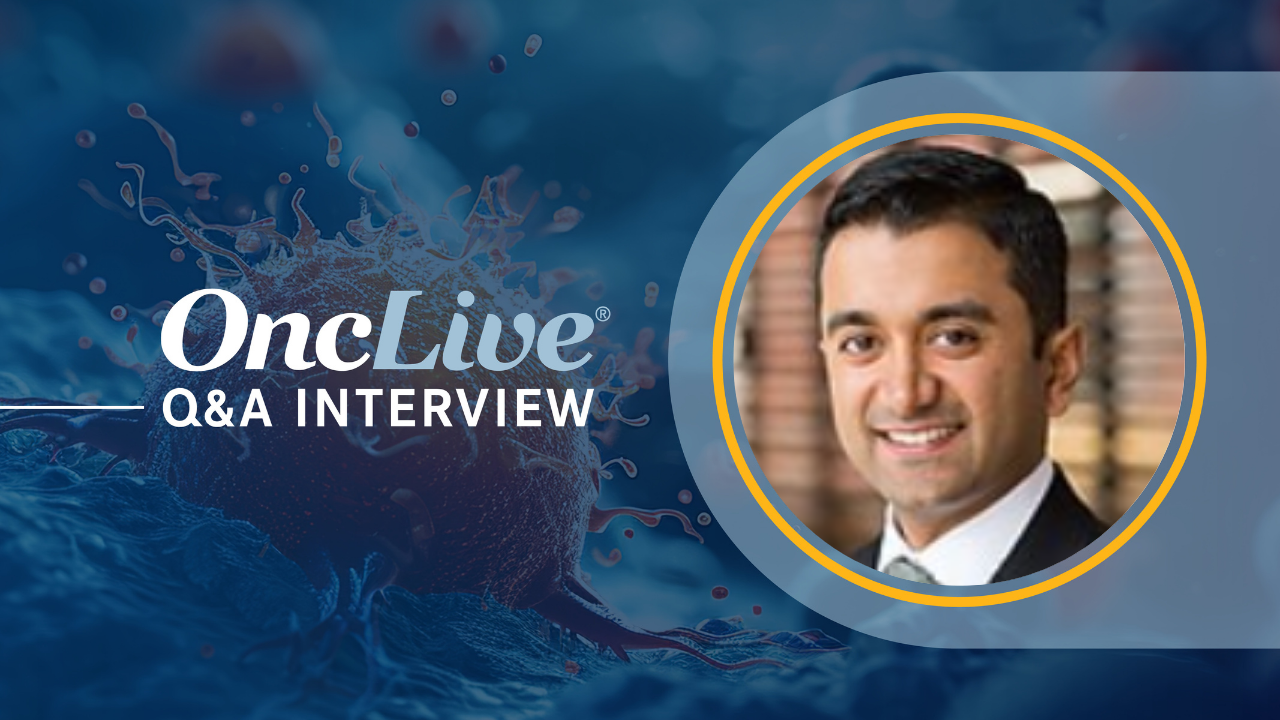A new targeted CAR T-cell therapy, arlocabtagene autoleucel (arlo-cel), has demonstrated impressive efficacy and safety for patients with relapsed or refractory multiple myeloma. Research presented at the 22nd Annual International Myeloma Society Meeting indicates that this treatment could be a significant option, particularly for patients who have previously undergone therapies targeting B-cell maturation antigen (BCMA).
In a phase 1 trial (NCT06121843), patients who had received between one and three prior lines of therapy showed a remarkable 94% overall response rate, with a 71% complete response rate at a median follow-up of 18.3 months. Notably, 56.3% of evaluable patients achieved minimal residual disease (MRD) negativity. The median progression-free survival was reported at 24.3 months.
During an interview, Omar Nadeem, MD, a medical oncologist at Dana-Farber Cancer Institute and assistant professor of medicine at Harvard Medical School, discussed the implications of these findings. He noted that the initial study primarily included patients with three or more previous therapies. The current subset aims to evaluate whether earlier administration of arlo-cel can achieve similarly deep and lasting responses.
Patients eligible for this portion of the study had one to three previous treatment lines, with prior BCMA therapy permitted. Each participant received arlo-cel at a dose of 1.5 x 10^6 cells. Despite being classified as an earlier-line cohort, many patients had a median of two prior therapies, indicating a refractory population.
In terms of safety, the study reported that 84% of patients experienced cytokine release syndrome (CRS); however, none were classified as grade 3 or higher, which was reassuring. Neutropenia also affected 84% of participants, but all cytopenias resolved over time. Infection rates were relatively low, with 55% of patients experiencing infections, and no grade 3 or higher infections reported.
The GPRC5D target, while associated with certain on-target, off-tumor effects such as dysgeusia and skin changes, did not result in persistent issues. Approximately one-third of patients experienced these effects, which were transient. Additionally, two patients reported grade 2 neurotoxicities, including ataxia and gait disturbances, which were ongoing at the data cutoff.
The data reveals that responses to therapy deepened over time, with around 75% of patients maintaining a response after one year, and 62% of responders continuing to show ongoing responses at the time of the cutoff.
These findings underscore the potential of arlo-cel as an innovative treatment alternative for patients with relapsed or refractory multiple myeloma. While several BCMA-directed CAR T-cell therapies and bispecific antibodies have gained approval, arlo-cel represents a vital option among therapies targeting GPRC5D, which currently has limited competition in the CAR T-cell space.
As research progresses, the ongoing phase 3 trial will compare arlo-cel against standard care in earlier-line multiple myeloma, further elucidating its role in treatment paradigms. The promising efficacy and manageable safety profile of arlo-cel could pave the way for new therapeutic strategies in managing this challenging condition.
